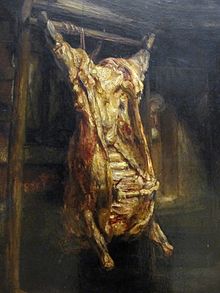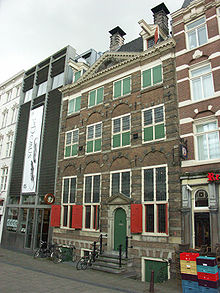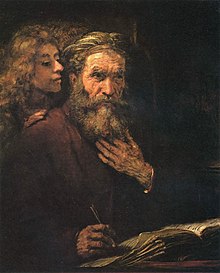Rembrandt
Back
Basic data
-
Rijn, Rembrandt Harmenszoon van
-
July 15, 1606 in Leiden
-
†October 4, 1669 in Amsterdam
-
Künstler, Maler, Kunsthändler
-
Leiden, Amsterdam
Documents
Biographical information from the WeGA
No biographical data found
Biography not available due to one of the following causes:
- Data will be added at a later stage
- Research of the WeGA was without success so far
- It is a well known person where enough information is available online elsewhere, see e.g Wikipedia


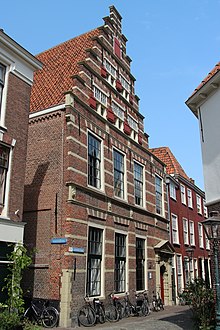

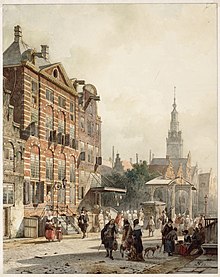



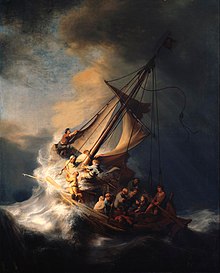

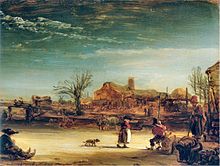
![The Abduction of Europa (1632) has been described as "...a shining example of the 'golden age' of Baroque painting".[76] (Source: Wikimedia) The Abduction of Europa (1632) has been described as "...a shining example of the 'golden age' of Baroque painting".[76] (Source: Wikimedia)](https://upload.wikimedia.org/wikipedia/commons/thumb/4/4e/Rembrandt_Harmensz._van_Rijn_-_The_Abduction_of_Europa_-_Google_Art_Project.jpg/220px-Rembrandt_Harmensz._van_Rijn_-_The_Abduction_of_Europa_-_Google_Art_Project.jpg)


![Self Portrait (1658), now housed in the Frick Collection in New York City, has been described as "the calmest and grandest of all his portraits".[77] (Source: Wikimedia) Self Portrait (1658), now housed in the Frick Collection in New York City, has been described as "the calmest and grandest of all his portraits".[77] (Source: Wikimedia)](https://upload.wikimedia.org/wikipedia/commons/thumb/c/c8/Rembrandt_-_Zelfportret_-_Google_Art_Project.jpg/220px-Rembrandt_-_Zelfportret_-_Google_Art_Project.jpg)
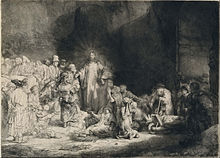

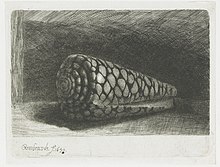
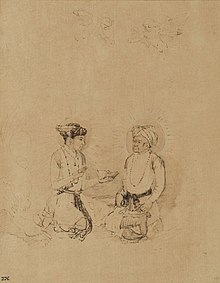
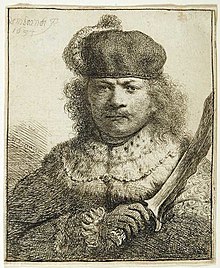
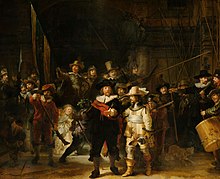
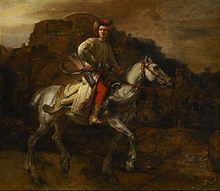
![The Man with the Golden Helmet, now housed in Gemäldegalerie in Berlin, was considered one of the most famous Rembrandt portraits but is no longer attributed to the master.[112] (Source: Wikimedia) The Man with the Golden Helmet, now housed in Gemäldegalerie in Berlin, was considered one of the most famous Rembrandt portraits but is no longer attributed to the master.[112] (Source: Wikimedia)](https://upload.wikimedia.org/wikipedia/commons/thumb/e/eb/Mann_mit_dem_Goldhelm.jpg/220px-Mann_mit_dem_Goldhelm.jpg)

